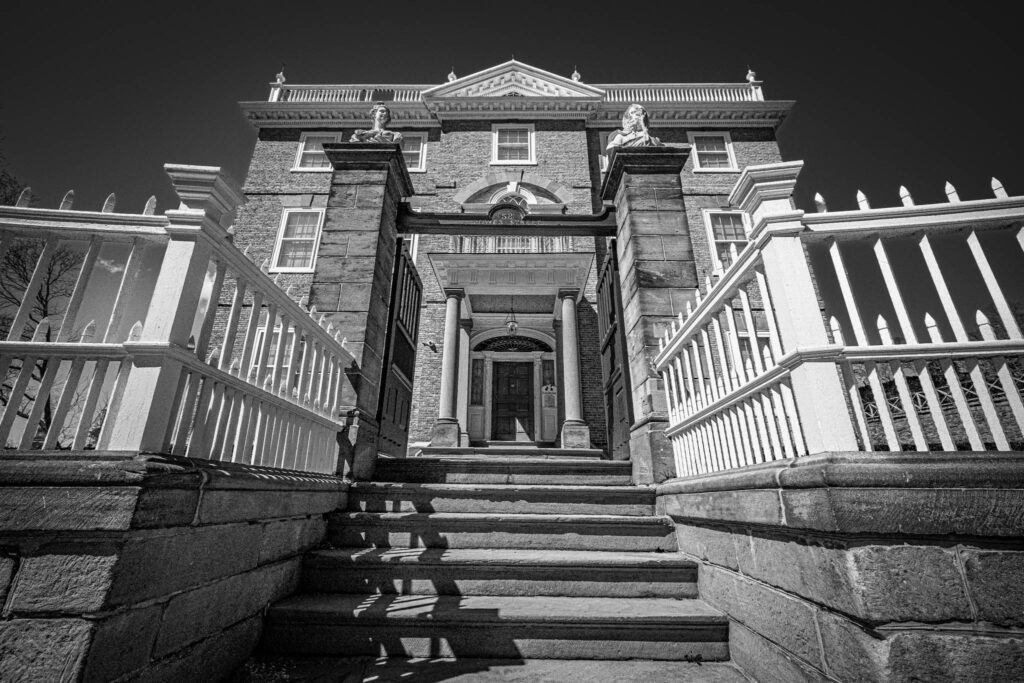
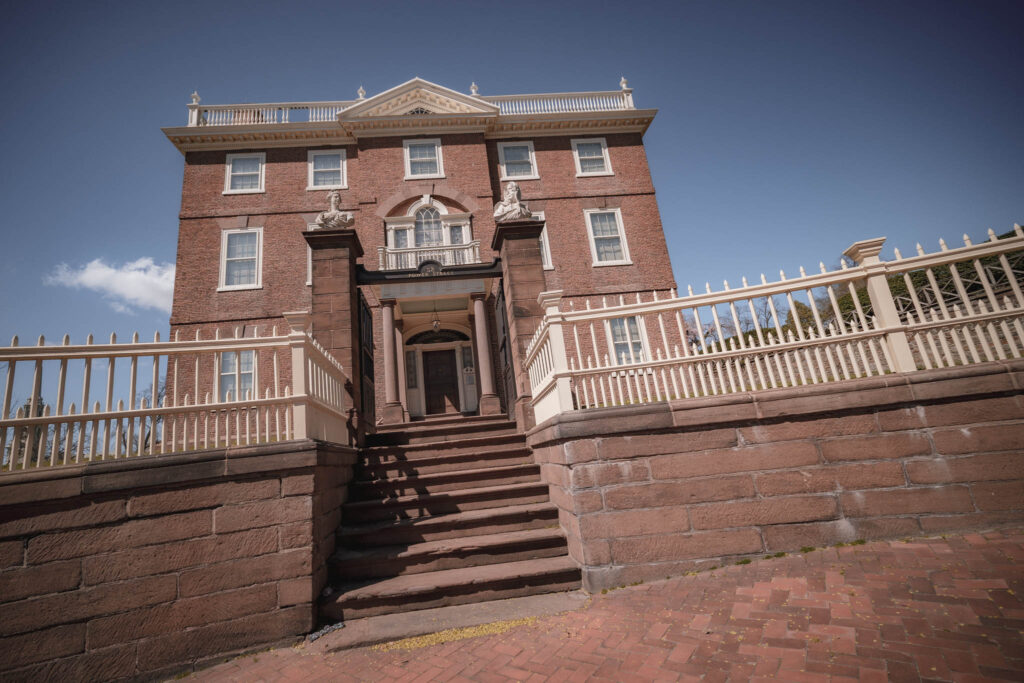
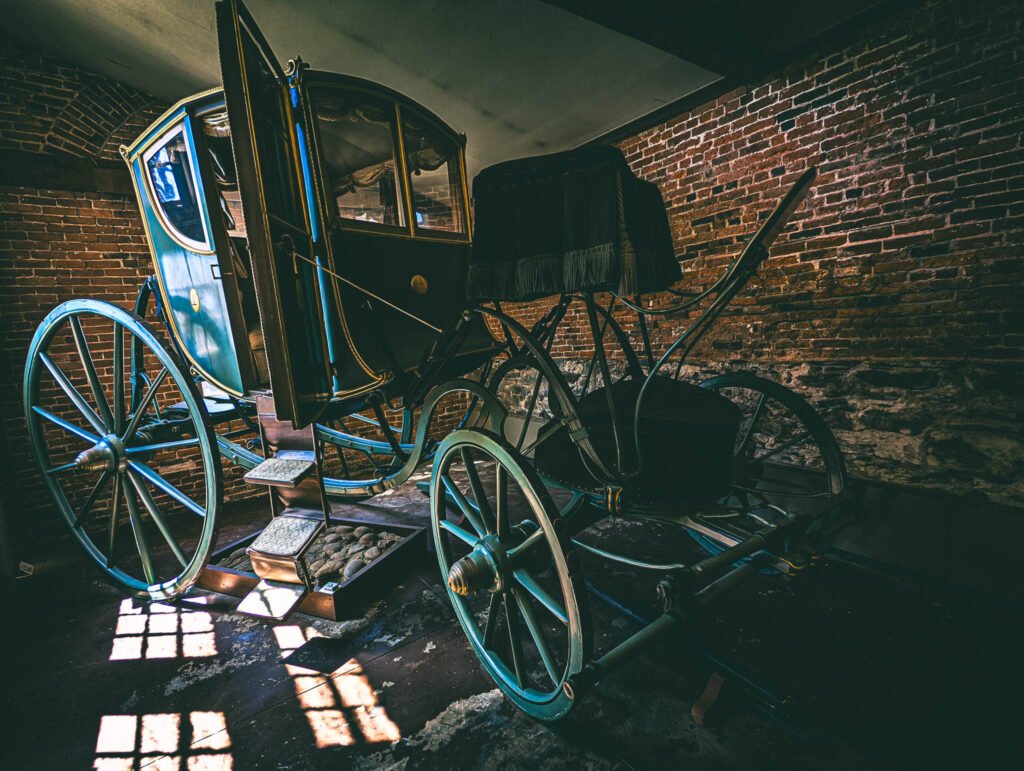
My oldest has been studying at Brown University and living on Benefit Street. I could see the John Brown House Museum from the window of the apartment, and so I decided to pop in before making the short-but-somehow-interminable drive back to Boston today. For reasons I fail to understand I find historic house museums irresistible. And this one’s in Providence, “H.P. Lovecraft Land”.
In fact the builder John Brown has a minor role in HPL’s 1927 novella The Case of Charles Dexter Ward, which runs along these narrative lines: naive 20th-century antiquarian Charles D. Ward learns about 18th-century Bad Great-Great-Great-Grandfather Joseph Curwen — Charlie Boy manages to find hidden portrait of Bad Great-Great-Great-Grandfather, who looked suspiciously like him — Charlie Boy translates Bad GGGGr’s convenient notes and uses Secret Ancient Magical Formula described therein to bring Bad GGGGr from the dead — Bad GGGGr takes up vampirism and returns to the old nasty necromancy habits which got him offed back in the 18th-century (John Brown ran the covert citizen’s militia that did it!) — Charlie Boy suddenly has many regrets so Bad GGGGr murders and badly impersonates him (did I mention that look-a-likeness?) — concerned family doctor Marinus B. Willet puts all these goings-on together — Doc Manny uses Secret Ancient Magical Formula to turn Bad GGGGr back into dust and avenge poor naive Charlie Boy.
Standard stuff, fairly typical early Lovecraft, right? By the by, one can use The Case of Charles Dexter Ward, which is scrupulously-detailed location-wise, as a sight-seeing guide to Lovecraft’s home town. For a Very Different tour of historic Providence.
I have.
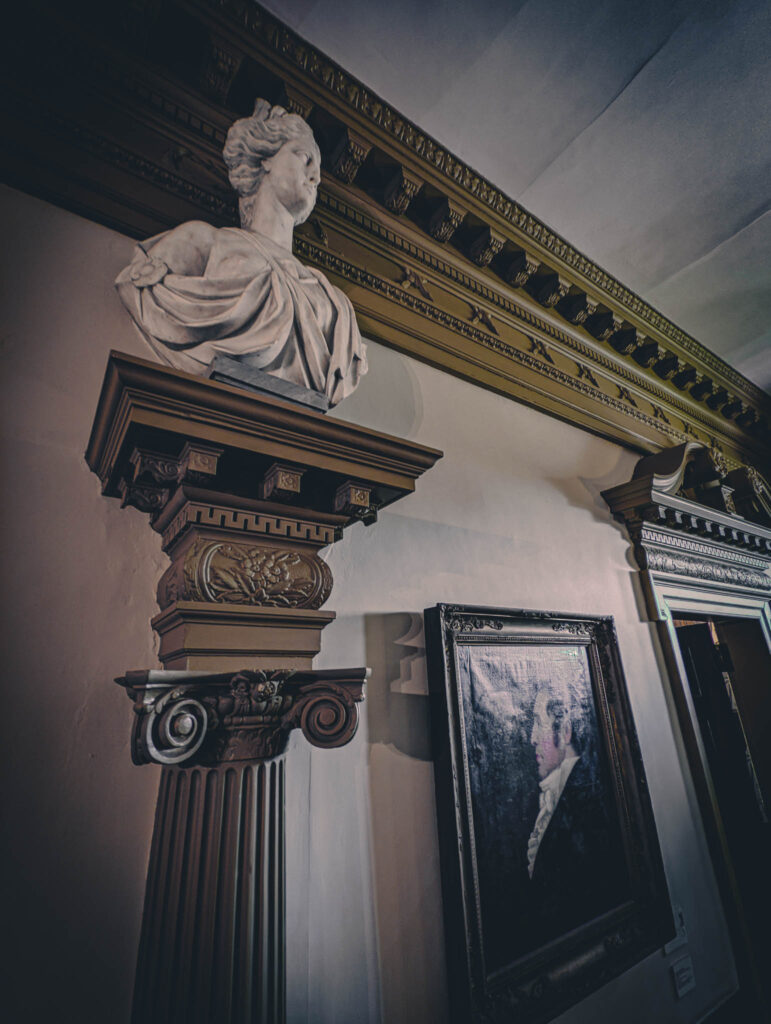
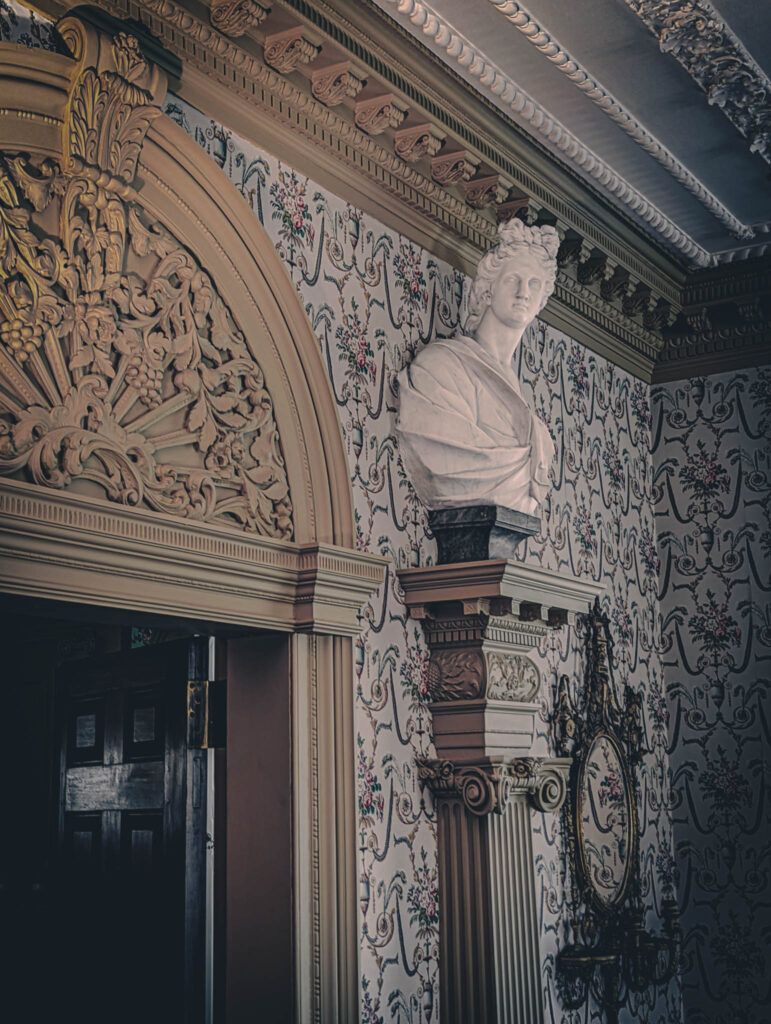
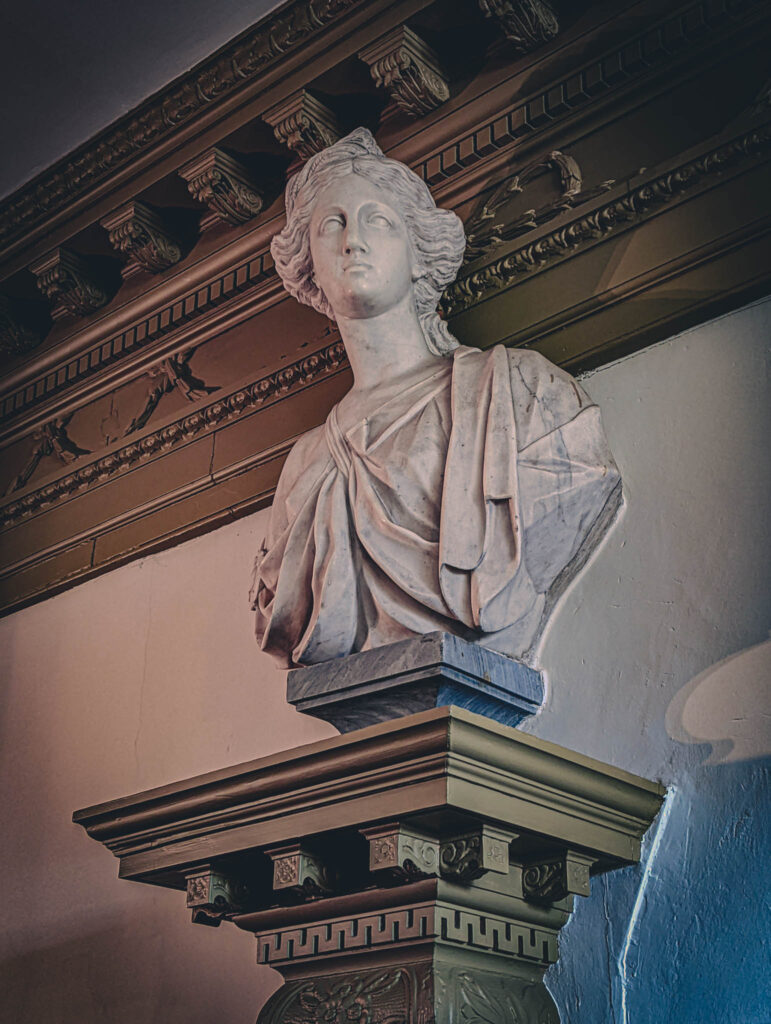
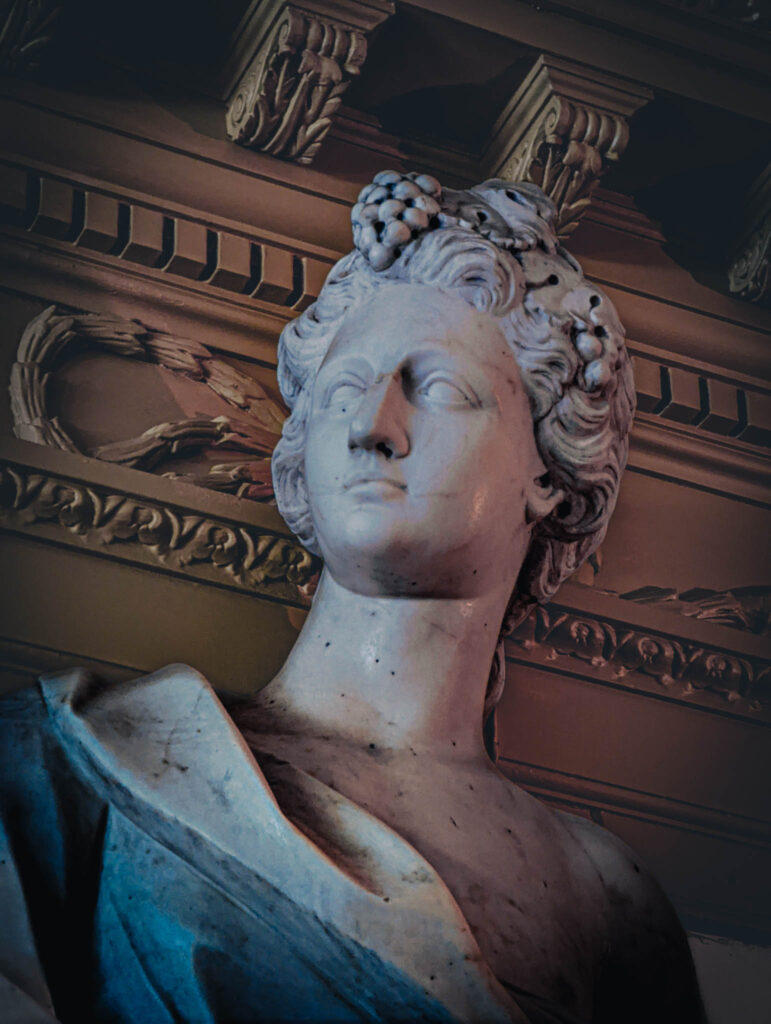
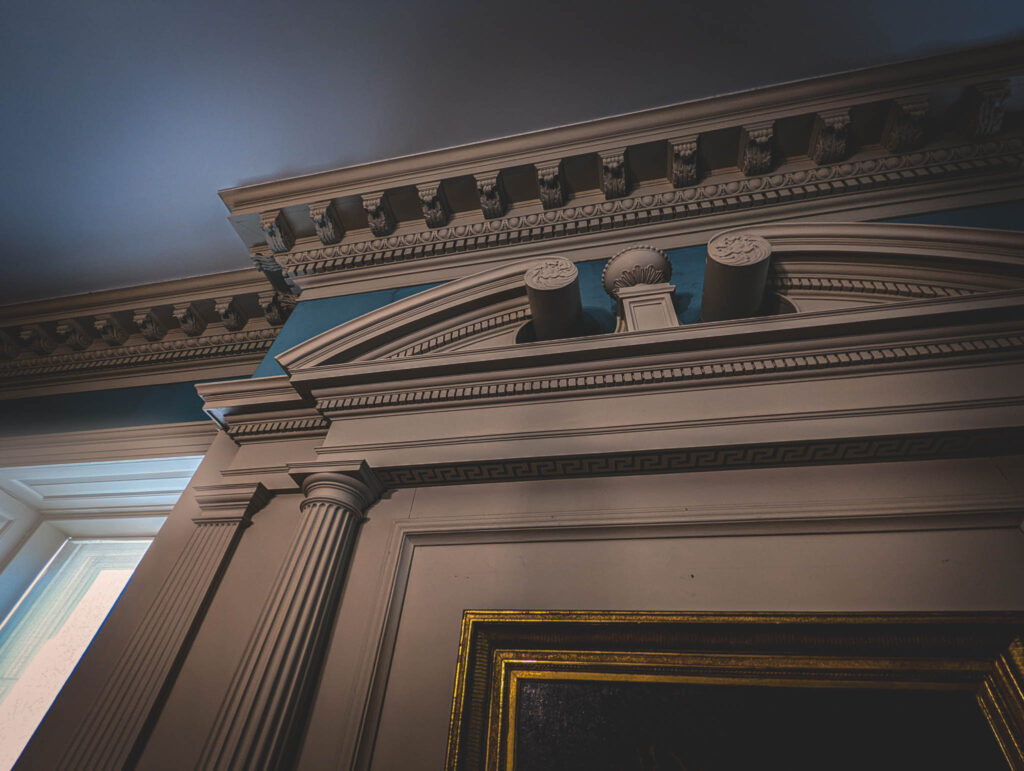
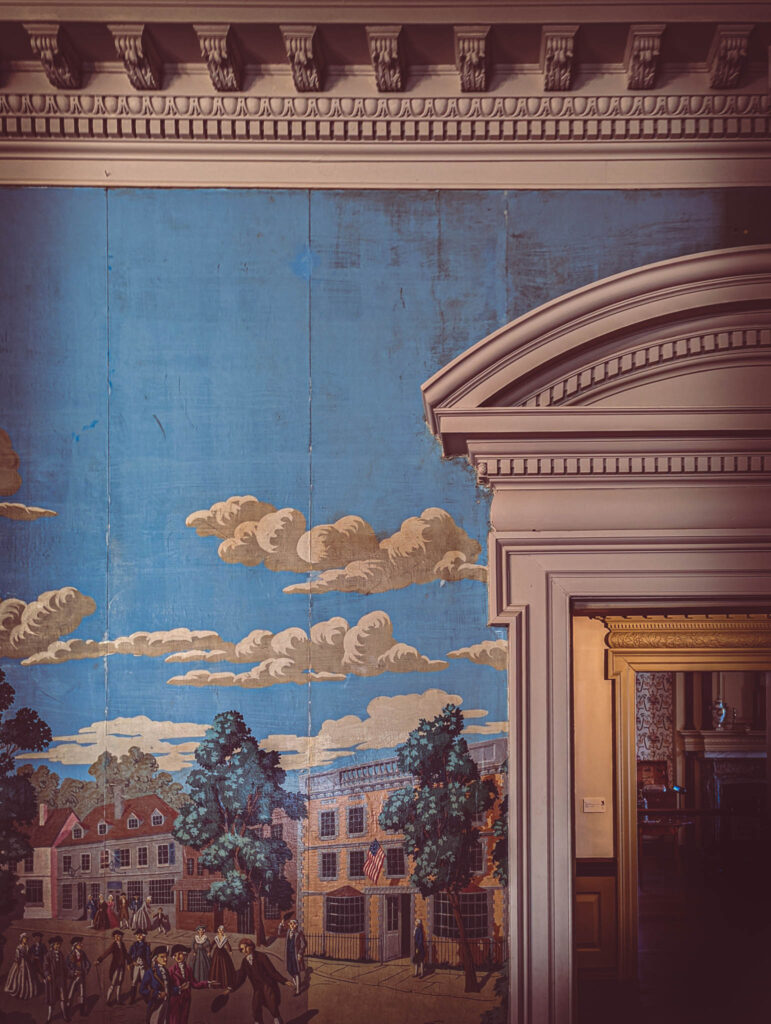
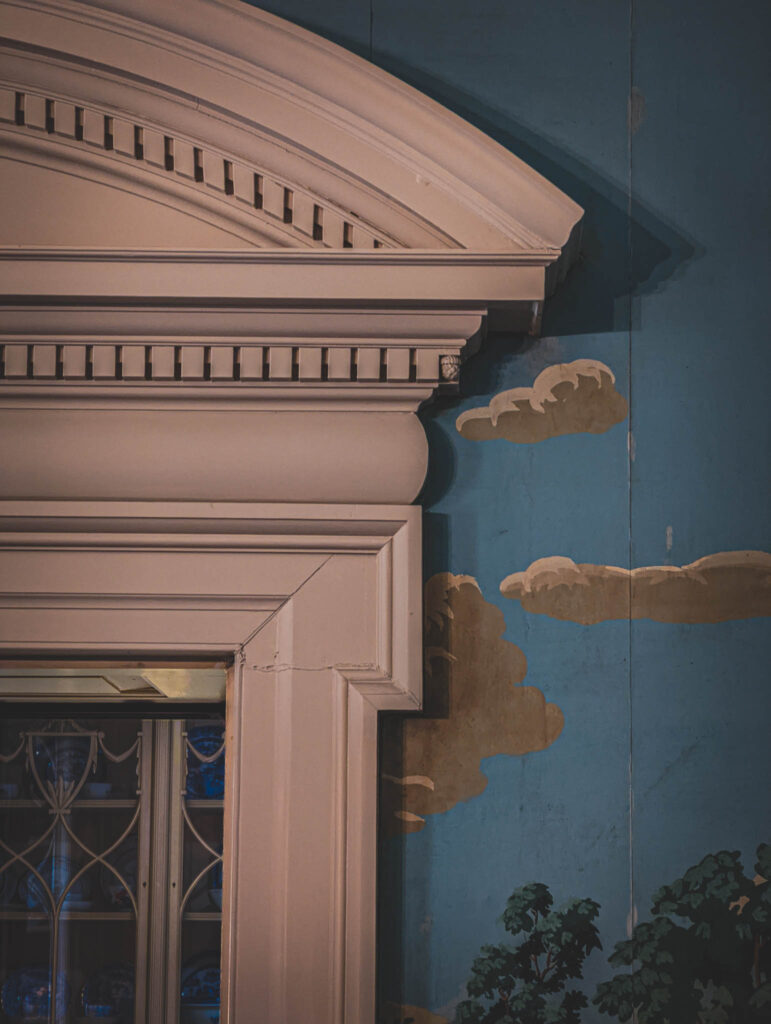

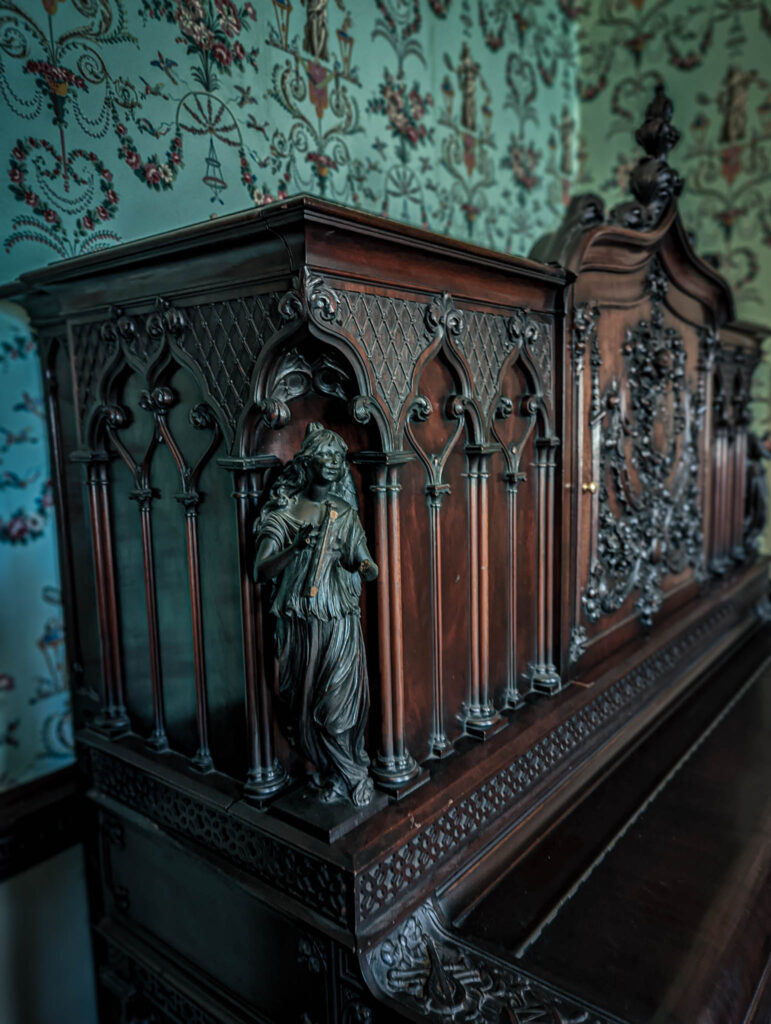
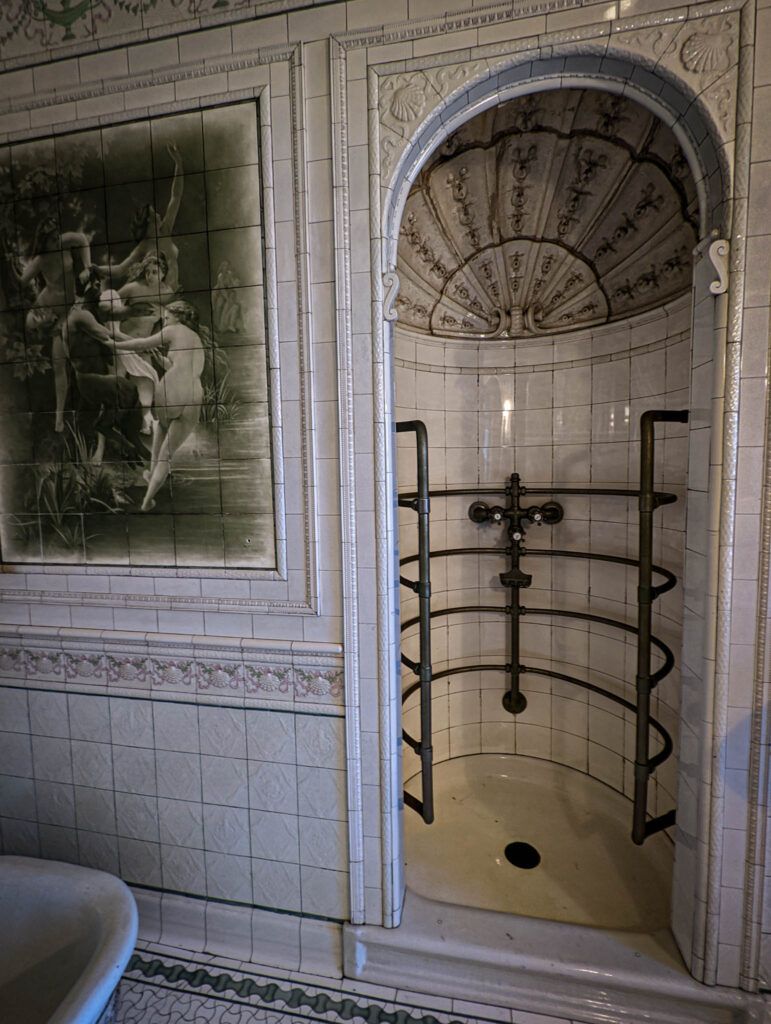
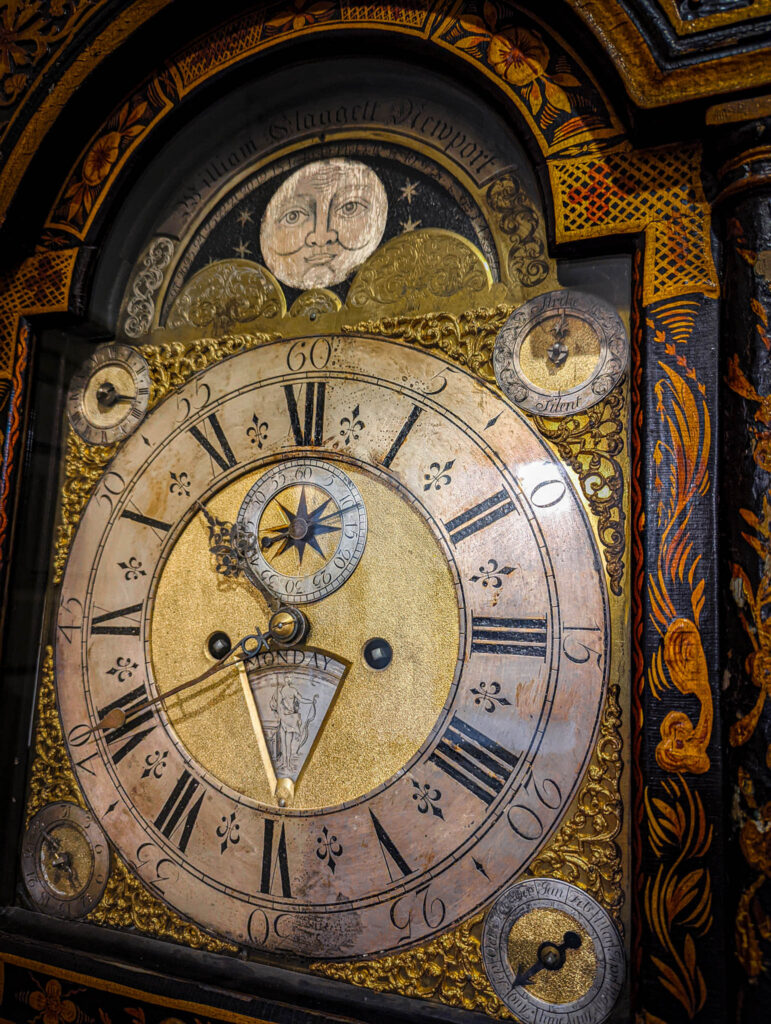
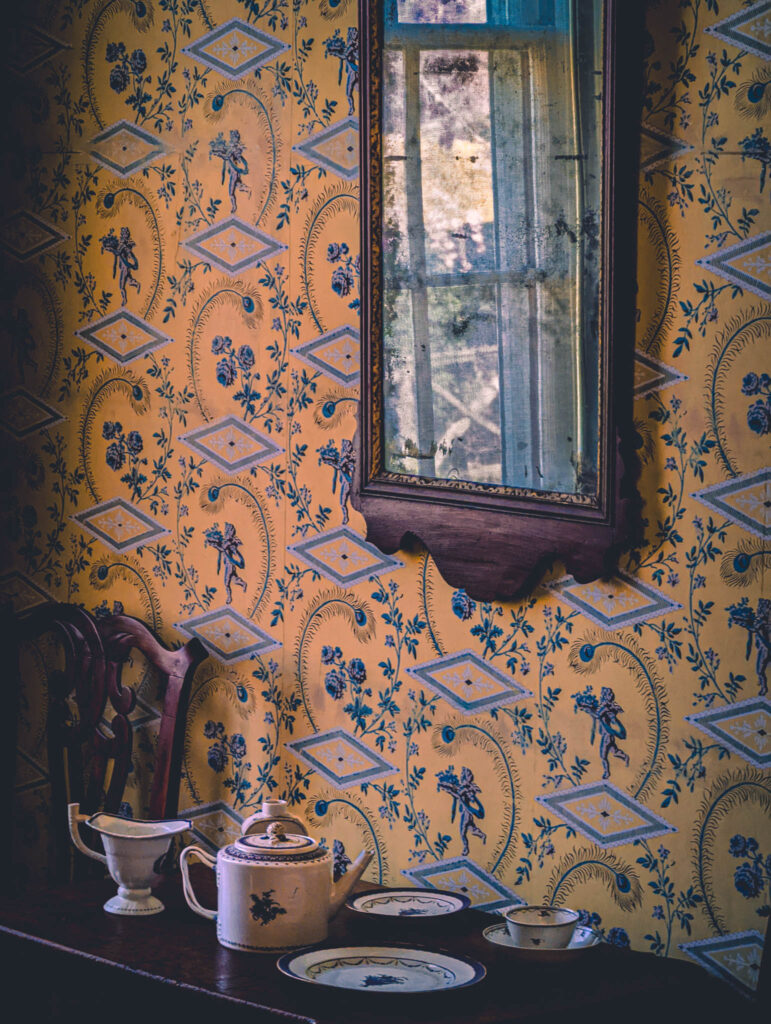
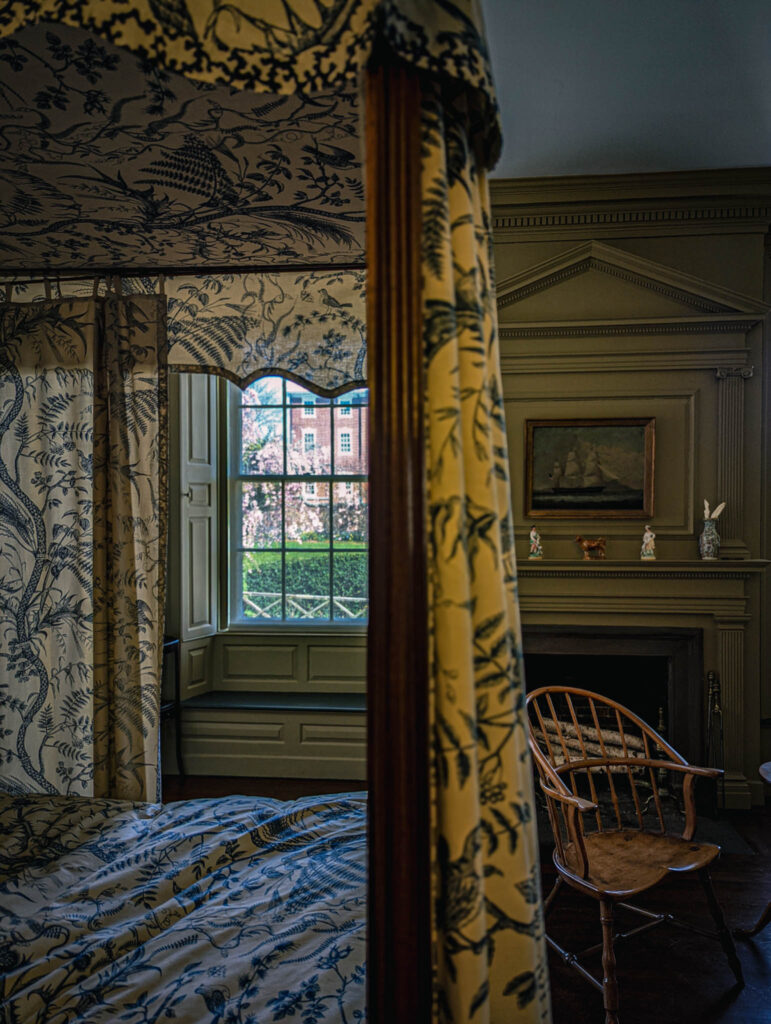
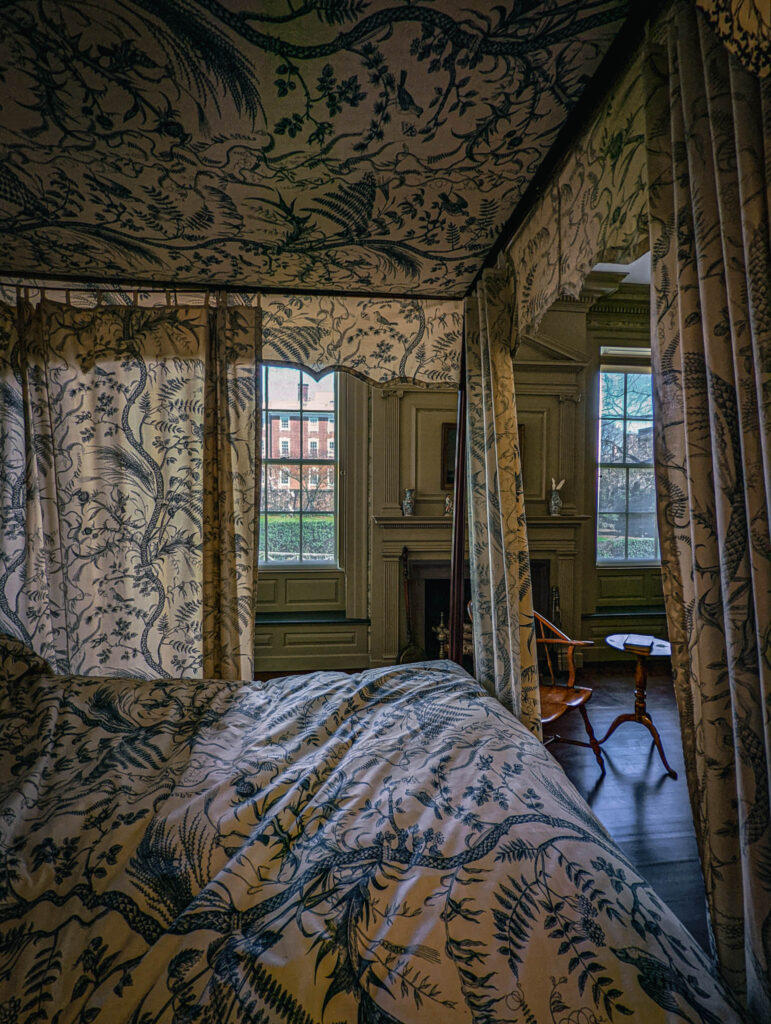
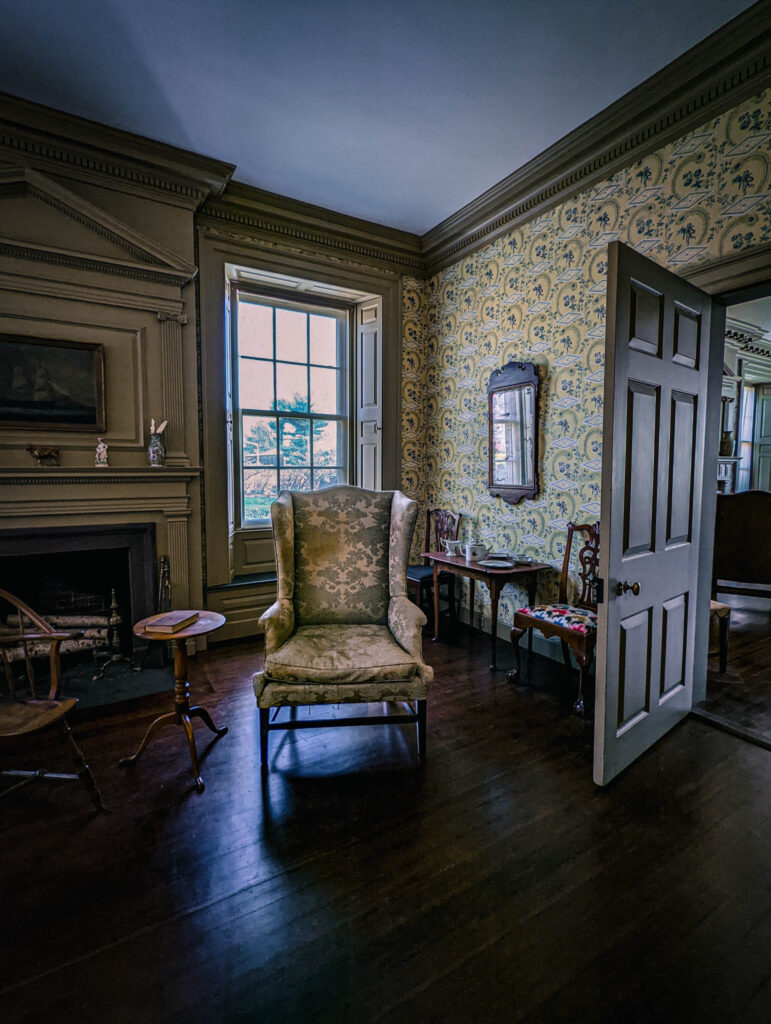
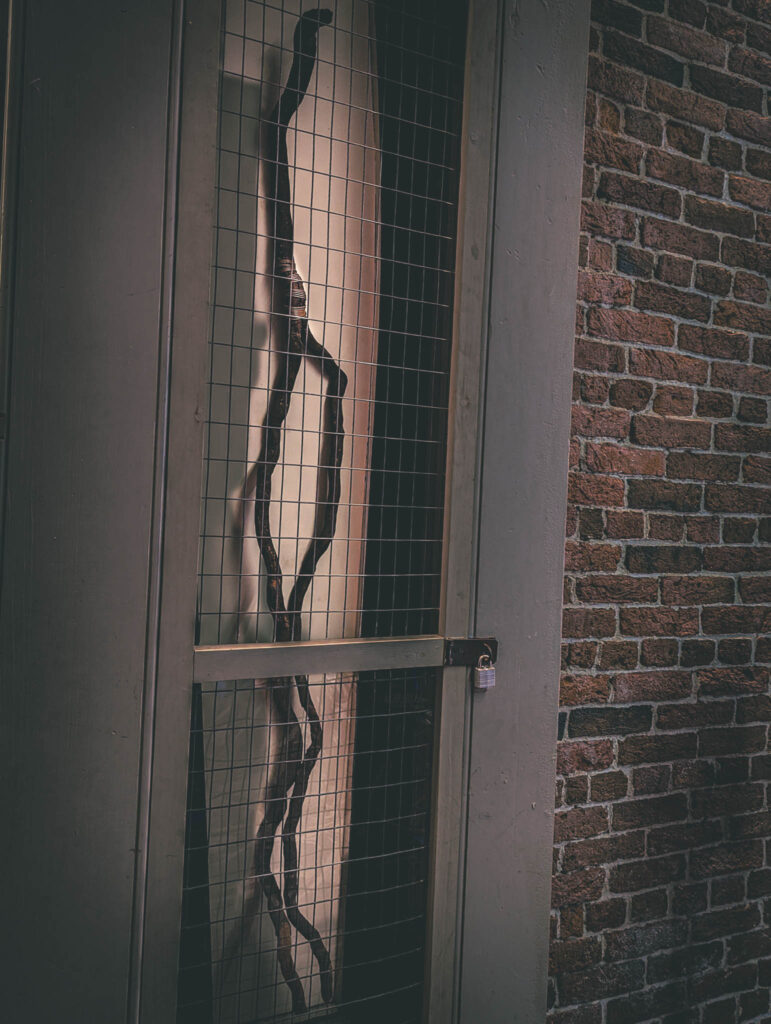
Interestingly enough, wandering through the carefully-staged interior of fictional-nemesis of fictional Joseph Curwen, I began to wonder if Lovecraft had made a mistake in terms of his choice of antagonist. There is something eerie and slightly wrong about John Brown’s house, designed by his brother and at least partially built by the African slaves he so successfully imported.
There’s a David Lynch Twin Peaks “Black Lodge” ambience here — a disquieting stillness that somehow verges on malevolence — and I can’t quite put my finger on its source. The famous root “that ate Roger William’s body from his grave” is behind glass in a display in the carriage house near George Washington’s carriage. But that’s just weird and maybe a little funny. There’s something more sinister at play in those quiet Georgian rooms, something that’s more alarming than the “eldritch” stuff Lovecraft plopped into those issues of Weird Tales before he died of starvation and cancer in ‘37.
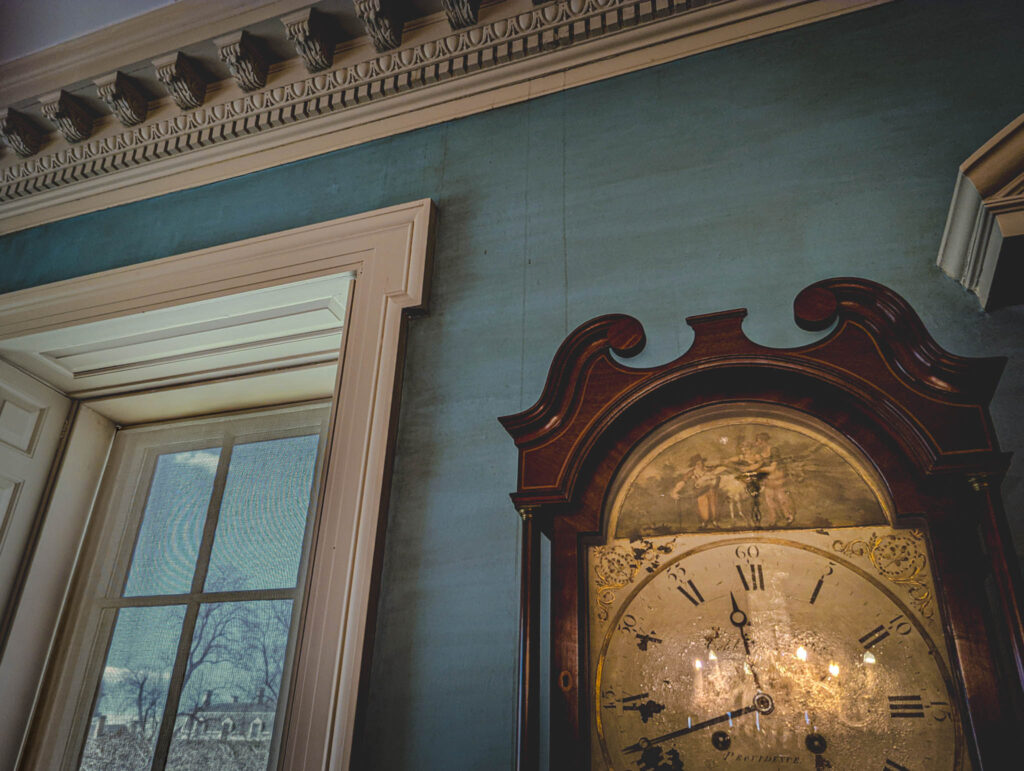
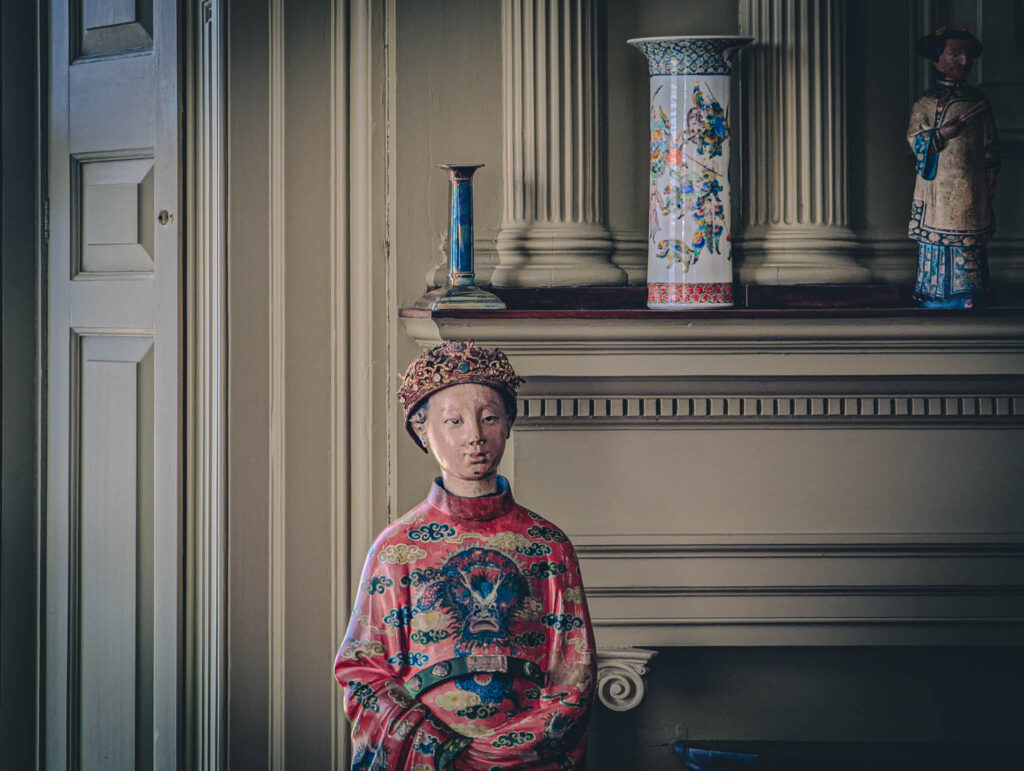
Is it just my consciousness of the inherent contradictions within John Brown and his milieu? An intangible crystallization of the hypocrisy of it all? A Son of Liberty, he burnt the Gaspee, he went to Congress, he ponied up money for the University that bears his family’s name. And he stubbornly traded in human misery and the suffering inherent in chattel slavery, long after his partner brothers had repented of their roles in the profession. Evil doesn’t always require crabby 18th-century necromancers and risky Secret Ancient Magic Formulas.
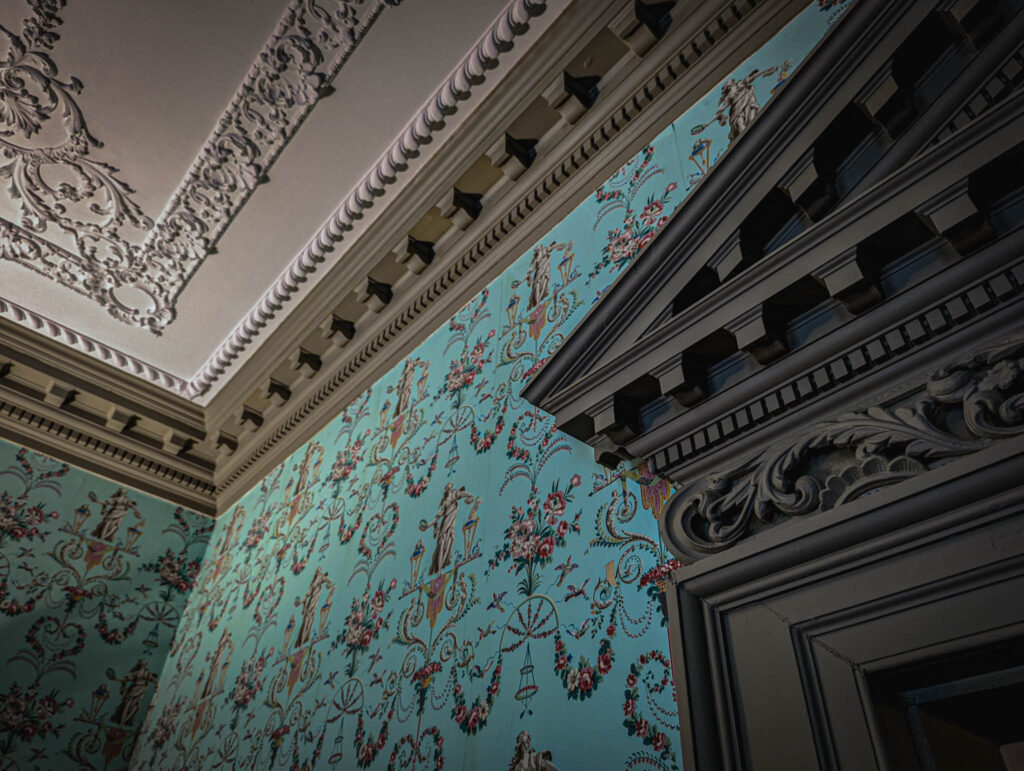
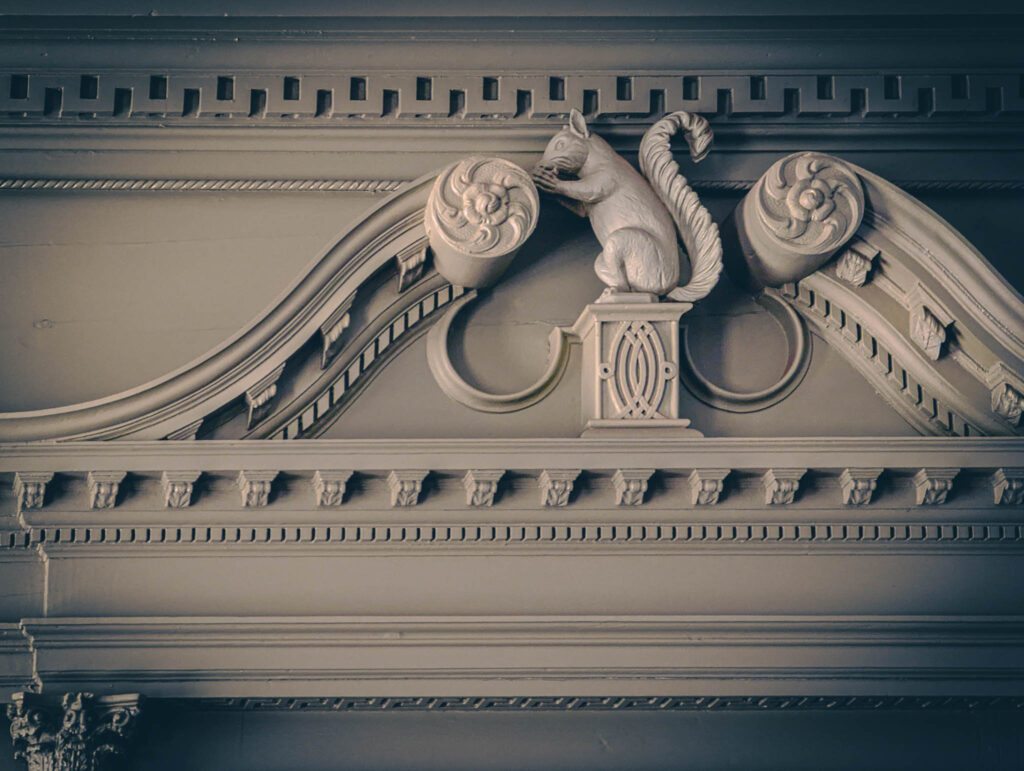

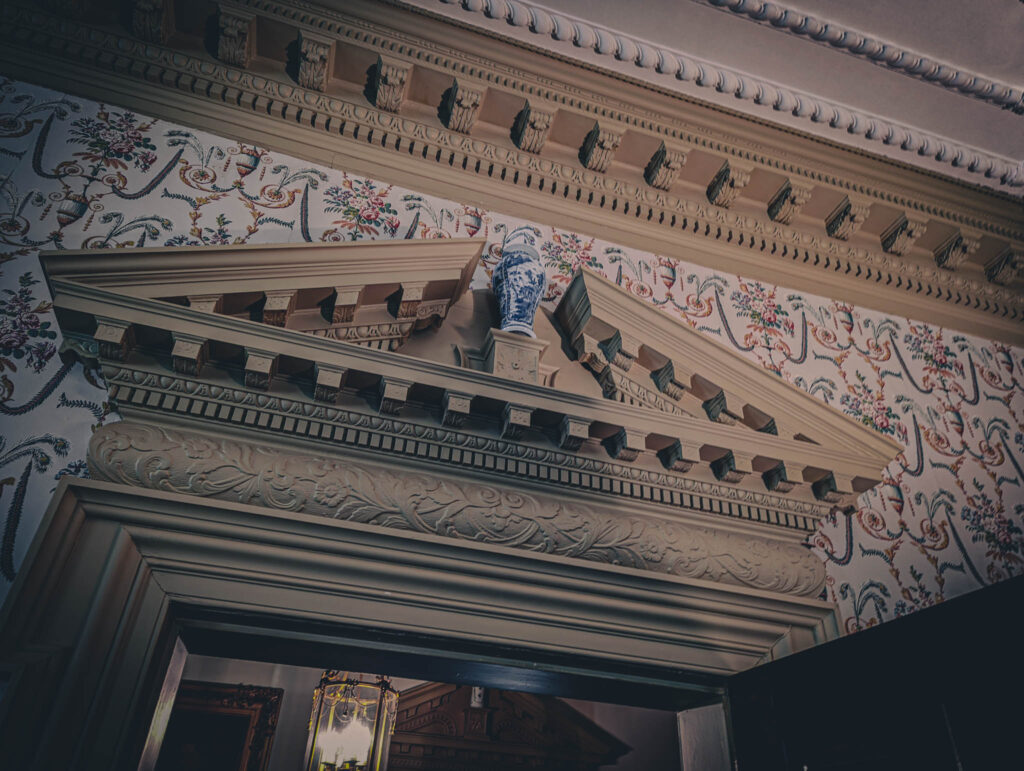
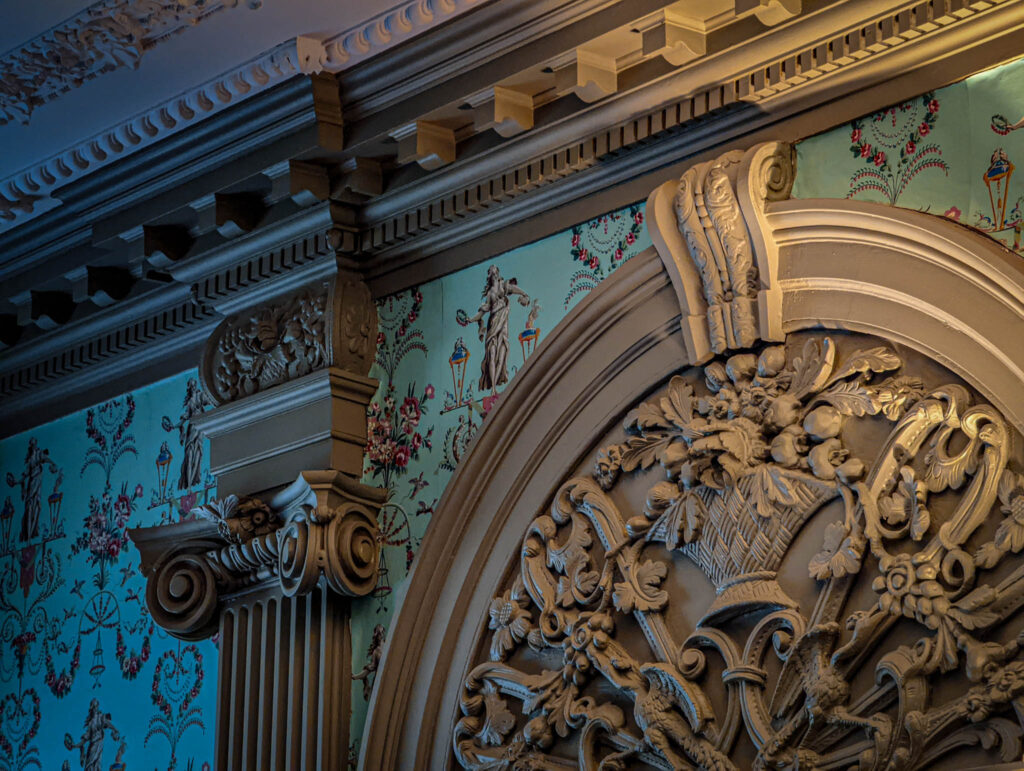
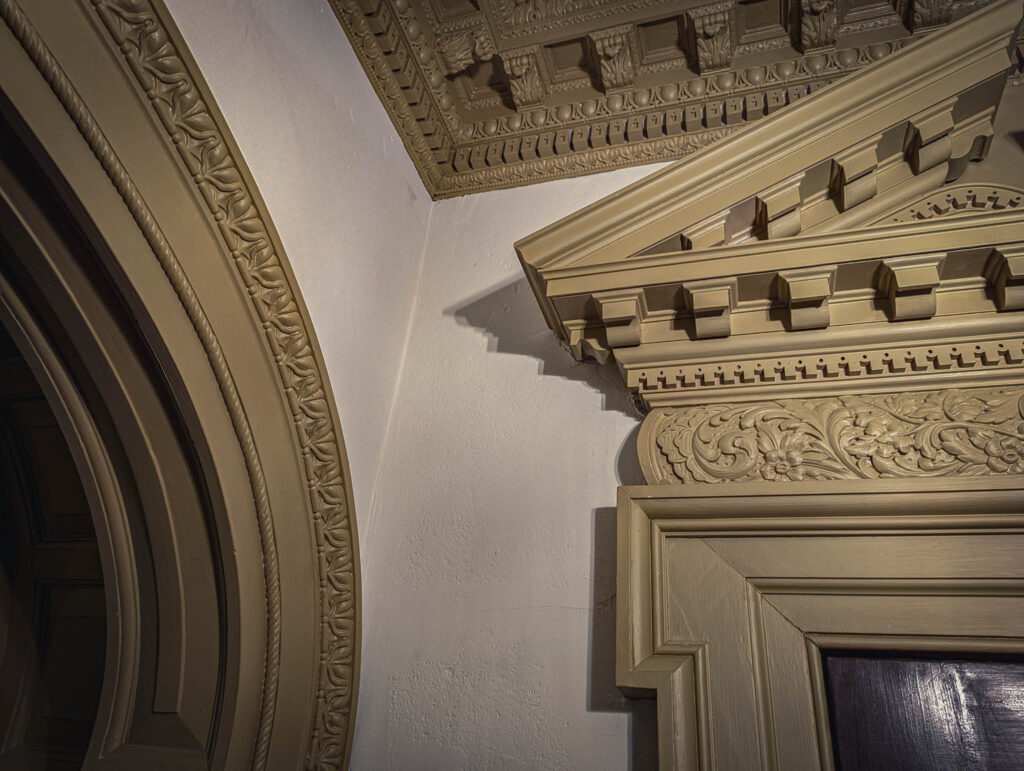
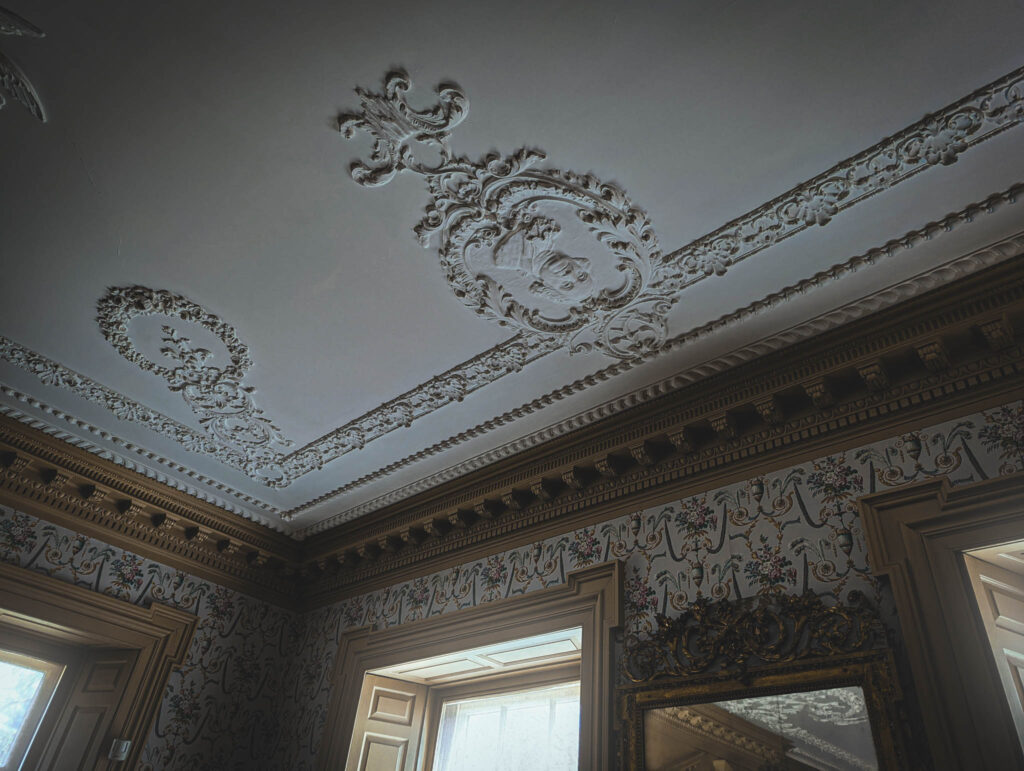
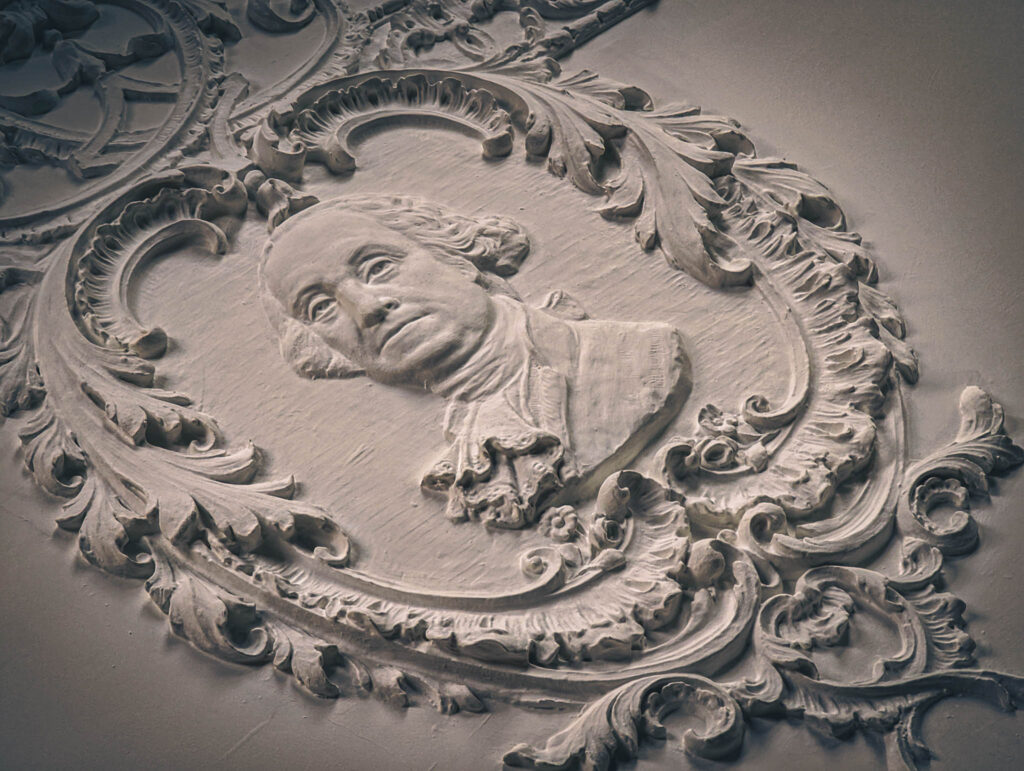
I’m developing a theory that the all ‘antica architectural idiom, Graeco-Roman Classicism in all its permutations, has become or always has been the architecture of Authority, of Oppression, of the Master. It’s a super-nostalgic conservative call — always — back to the Age of Gold when the Great Man (or at least some great man) was in charge and everything was wonderful except for those others who were put or kept in line, in their place.
This is an odd realization for me, as someone who was once passionate about classical history and its trappings.
Is it the Architecture of Authority that gets me down, creeps me out in the John Brown House? Maybe. Or maybe it’s just the wall paper.
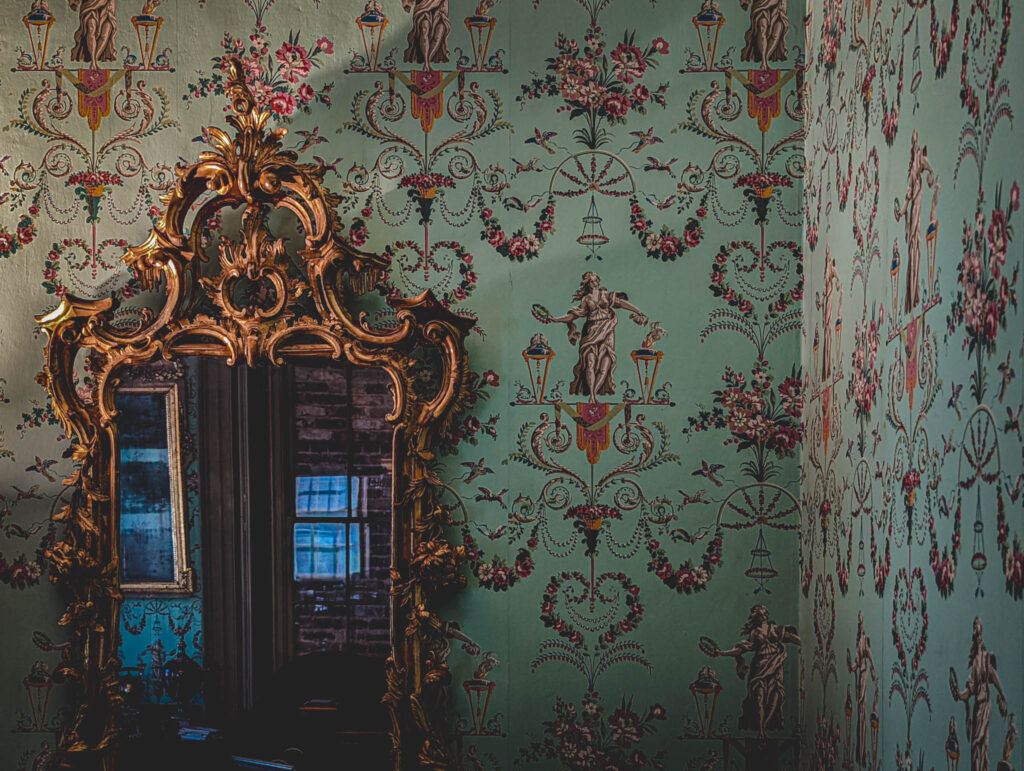
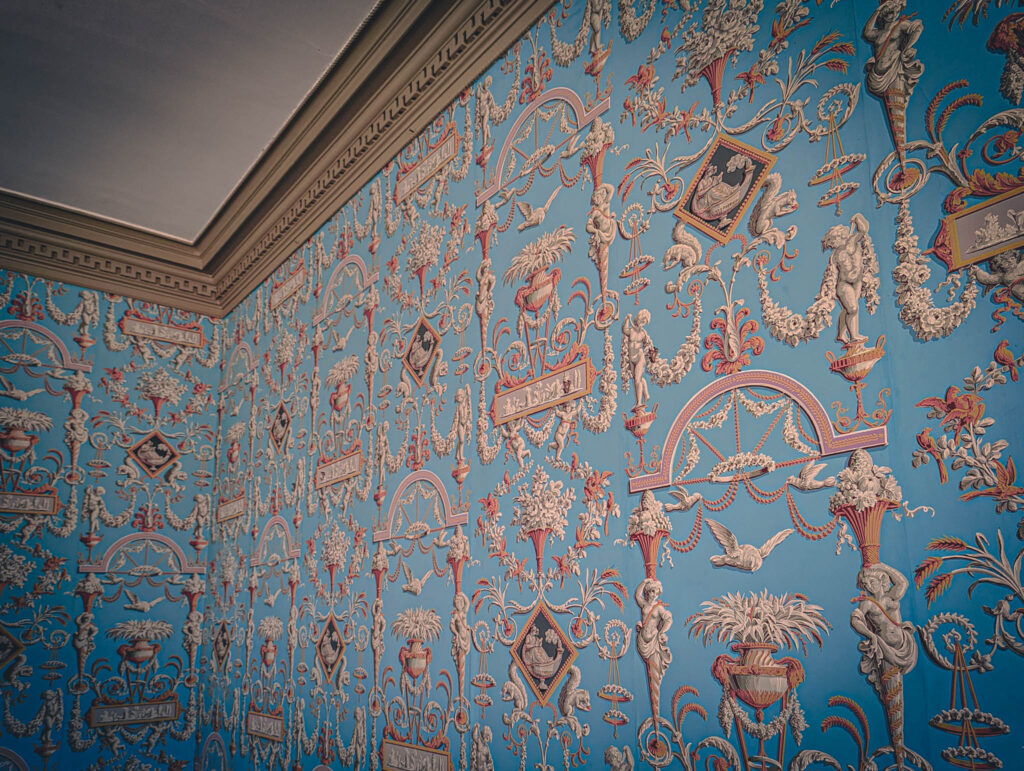
Leave a Reply